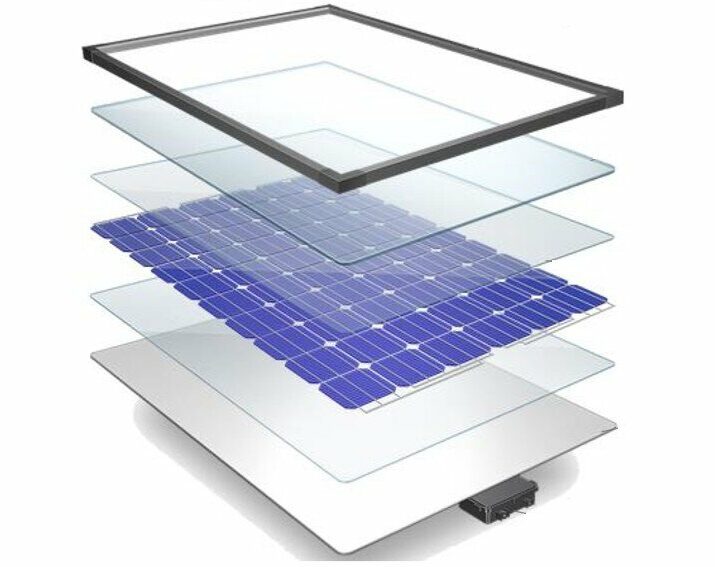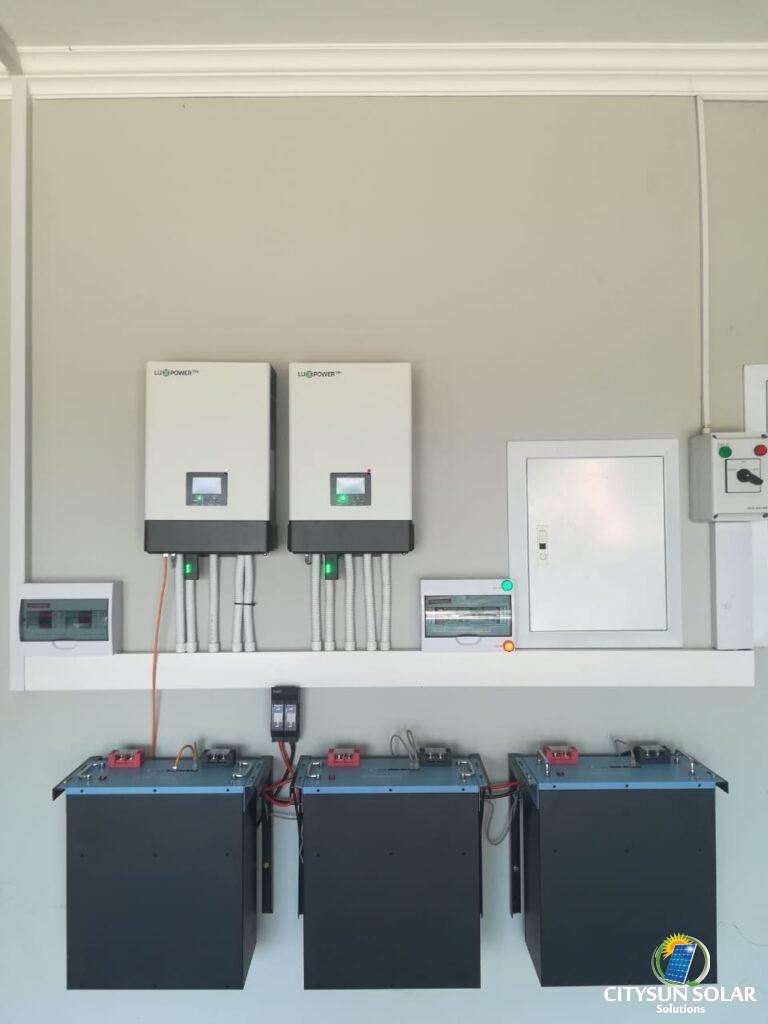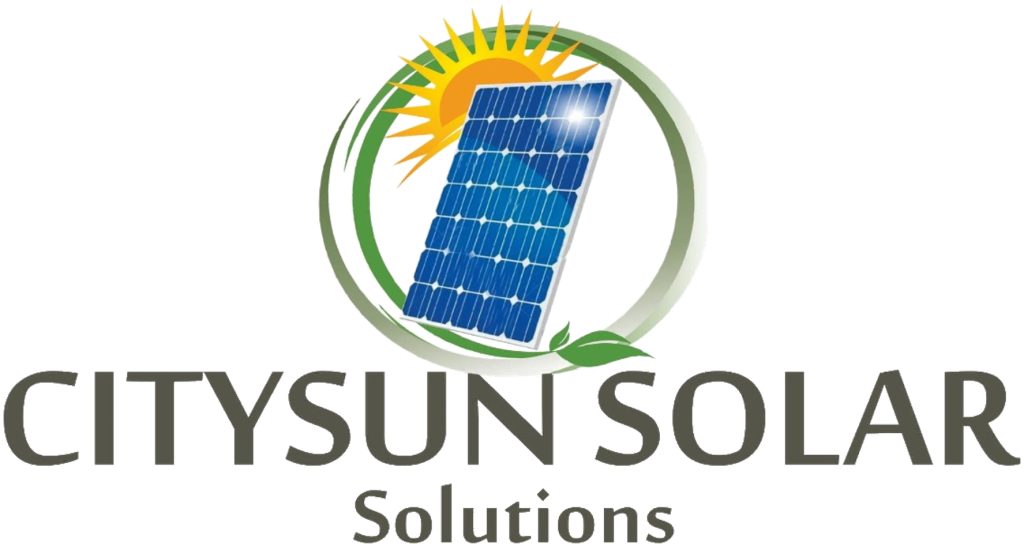What Are The Basic Components Of A Solar System?
1. Solar Photovoltaic Panels:
Solar panels use the photovoltaic effect to convert sunlight into electricity. They collect electrons from the sun’s light in the form of direct current (DC) electricity, which is then converted into usable AC electricity through an inverter (more details on this below).
What to look out for:
- Cost per watt: Panels come in all sizes. Divide the panel price by its wattage rating to compare the cost of solar panels on a level playing field.
- Efficiency rating: High-efficiency panels are great if you have limited space to work with.
- Warranty period and terms: Higher-quality panels will retain more of their production capacity over time. Look for the “degradation rate” in the performance warranty.


2. Inverters
The crucial component of a solar power system is the inverter, as it serves as the brain. Its primary function is to convert DC power generated by the panels into AC power, which is used by household appliances. It also manages the flow of electricity between various system components and typically offers a monitoring solution to track the system’s performance.
Types of Inverters:
String inverter serves as the central unit of a solar power system, with inputs for strings or groups of solar panels. In this type of system, panels are connected together in series, and the final panel is plugged into an input on the inverter. While string inverters are cost-effective when the system is built in full sunlight, shading can pose a problem. When one panel in a string is shaded, its output drops, causing the rest of the string to drop to match the reduced output.
To mitigate shading issues caused by obstructions like trees or chimneys, PV optimizers can be added to the string inverter. PV optimizers are small devices attached to the back of each panel, isolating the output of each panel and allowing it to produce power independently. This means that if one panel is shaded, only that panel is affected, while the rest of the array continues to perform at full capacity.
Microinverters can also be used to optimize the system’s output and enable individual panel-level monitoring. Unlike optimizers, microinverters do not require a central inverter unit to tie the system together. Each microinverter + panel pairing acts like a self-contained solar power system, providing more flexibility and expandability in system design.
While microinverters are more expensive upfront, they have a longer warranty period, making them a better value over the system’s lifespan. In contrast, string inverters are typically warrantied for 5-15 years and often require replacement in the middle of the system’s lifespan.
Hybrid Inverter: If you plan to add energy storage to your system, it’s essential to look for a storage-ready or hybrid inverter that facilitates battery charging.
3. Racking
Racking is the foundational structure that secures your solar panels in place. Racking systems come with mounting rails and flashings to secure the rails to your rooftop or ground mount.
The majority of home solar systems fall into one of two categories:
- Roof mount racking
- Ground mount racking


4. Solar Power Batteries
For off-grid and battery backup systems, having a local battery bank is essential to store usable energy on-site. This is particularly useful during grid failure, extreme weather events, or other disruptions.
Your solar power system can be paired with three different types of batteries:
Flooded Lead-Acid Batteries (FLA) FLA batteries, also known as “wet cell” batteries, have liquid electrolyte that can be accessed by removing the battery caps. Charging these batteries causes the electrolyte solution to evaporate, so they require routine maintenance checks and regular refilling with distilled water to prevent failure. Due to their strict maintenance requirements, FLA batteries are not suitable for vacation homes or full-time off-grid residences unless the owner is willing to commit to monthly maintenance. FLA batteries may be a cost-effective option for committed homesteaders and DIYers who enjoy hands-on system maintenance.
Sealed Lead-Acid Batteries (SLA) SLA batteries are named for their sealed compartment containing the electrolyte, which prevents leaks and noxious fumes. Unlike FLA batteries, they require minimal maintenance and do not need a ventilated battery enclosure. They can also be mounted in any orientation due to their sealed design. AGM and gel batteries are two types of SLA batteries, with AGM being the more cost-effective option recommended for most off-grid solar applications. Gel batteries may be more suitable for hot climates but cost more than AGM batteries and take longer to charge.
Lithium Batteries Lithium batteries are a high-performance option with faster discharge and recharge rates, less weight, and modular design that allows for expansion as needed. Although they cost about three times more than SLA batteries upfront, they last about three times longer and are maintenance-free. Over the life of the system, the higher initial cost of lithium batteries balances out.










